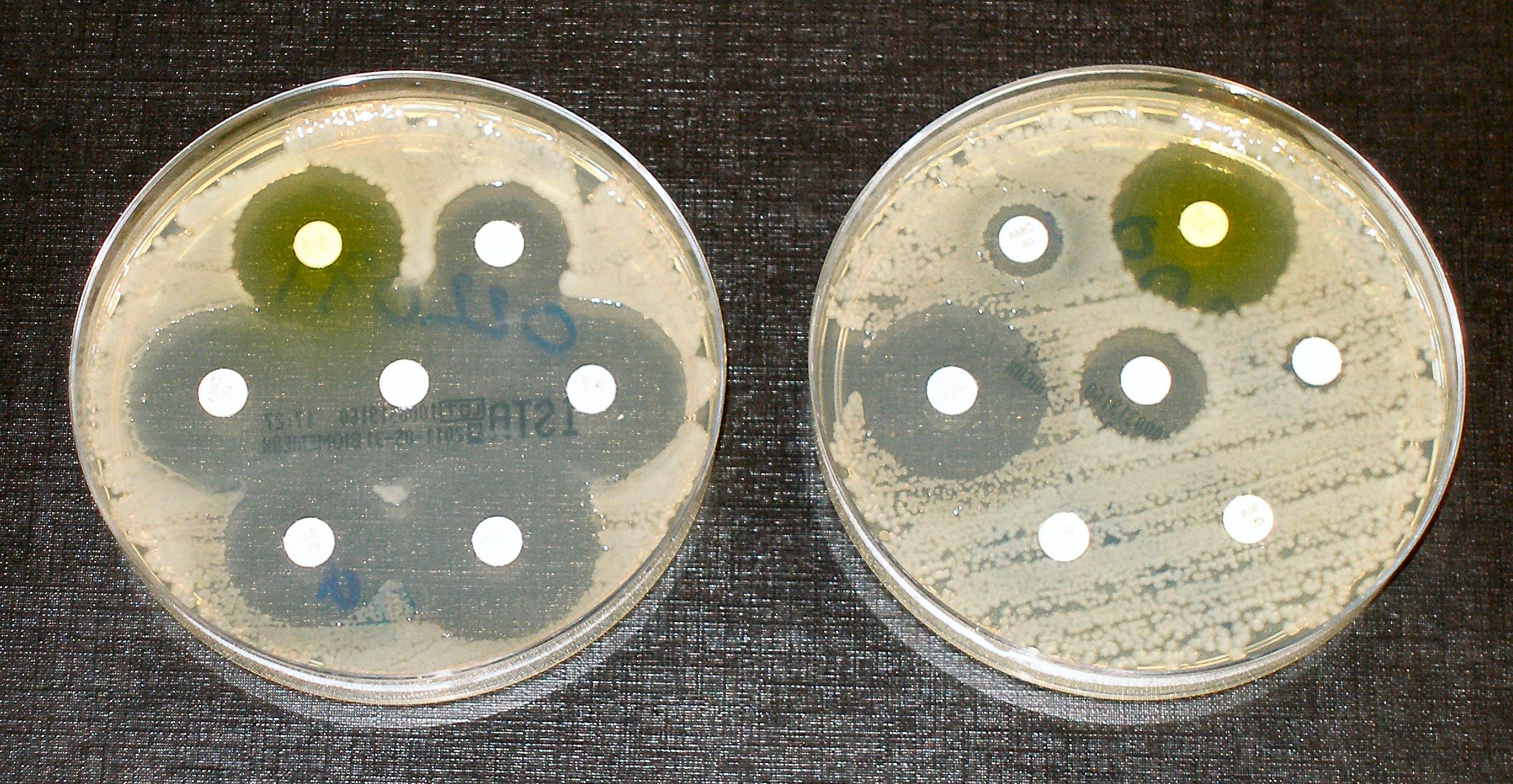Why is this so important? Well, high blood glucose is a serious situation that the body has to rectify as a priority. High levels of blood glucose cause circulatory problems and damage to the inside wall of blood vessels. And a high level of blood glucose triggers the release of the hormone insulin, which is required to lower blood glucose levels.
Insulin enables the body’s cells to use some of the glucose, but if there is too much glucose insulin converts the excess glucose into fat (triglycerides). This explains why low-fat /high-carbohydrate diets increase blood triglyceride levels.
It is worth mentioning that the presence of a high level of insulin, in response to the high glucose level, by definition, blocks the ability to burn body fat. Insulin is a fat storing hormone. This is one reason my people who follow a low-carbohydrate diet tend to lose more body fat.
When the level of triglycerides is high we also find a low level of HDLs - the so called ‘good cholesterol’. Again, every single dietary trial completed has found that a low-fat / high-carbohydrate diet reduces HDL levels.
We can really start to appreciate the topsy turvy world we live in where HDLs are called ‘good’ and at the same time low-fat diets are promoted as healthy - the very diet that is the best way to reduce HDL ‘good cholesterol’ levels. Just one of the many fundamental inconsistencies associated with the lipid hypothesis.
References:
Liu, S et al. ”Dietary Glycemic Load assessed by Food-Frequency Questionnaire in Relation to Plasma High-Density- Lipoprotein Cholesterol and Fasting Plasma Triacylglycerols in Postmenopausal Women” American Journal of Clinical Nutrition 2001;73:560-566
Radhika, G et al. “Dietary Carbohydrates, Glycemic Load and Serum High-Density Lipoprotein Cholesterol Concentrations among South Indian Adults” European Journal of Clinical Nutrition. Advance Online Publication November 7, 2007
Garg, A, Grundy, SM and Koffler, M “Effect of High Carbohydrate Intake on Hyperglycemia, Islet Function, and Plasma Lipoproteins in NIDDM” Diabetes Care 1992; 15:1572-1580
Garg, A et al. “Effects of Varying Carbohydrate Content of Diet in Patients with Non-Insulin-Dependent Diabetes Mellitus” Journal of the American Medical Association 1994; 271:1421-1428
Samaha, FF et al. “A Low-Carbohydrate as Compared with a Low-Fat Diet in Severe Obesity” New England Journal of Medicine 2003; 348:2074-2081
Yancy, WS et al. “A Low-Carbohydrate, Ketogenic Diet Verses a Low-Fat Diet to Treat Obesity and Hyperlipidemia”. Annals of Internal Medicine 2004; 140:769-777
Gardner, CD et al. “Comparison of the Atkins, Zone, Ornish and LEARN Diets for Change in Weight and Related Risk Factors among Overweight Premenopausal Women”. Journal of the American Medical Association 2007; 297:969-977
Stern, L et al. “The Effects of Low-Carbohydrate Verses Conventional Weight Loss Diets in Severely Obese Adults: One-Year Follow-up of a Randomized Trial”. Annals of Internal Medicine 2004; 140:778-785
Foster, GD et al. “A Randomized Trial of a Low-Carbohydrate Diet for Obesity” New England Journal of Medicine 2003; 348:2082-2090
Appel. LJ et al. ”Effects of Protein, Monounsaturated Fat, and Carbohydrate Intake on Blood Pressure and Serum Lipids” Journal of the American Medical Association 2005; 294: 2455-2464
Mozaffarian, D, Rimm, EB, and Herrington, DM “Dietary Fats, Carbohydrate, and Progression of Coronary Atherosclerosis in Postmenopausal Women” American Journal of Clinical Nutrition 2004; 80:1175-1184
Smith, J., 2009. “$29 Billion Reasons to Lie about Cholesterol: Making Profit by Turning Healthy people into Patients” Troubador, Leicester
Gannon, MC and Nuttall, FQ “Effect of a High-Protein, Low-Carbohydrate Diet on Blood Glucose Control in People With Type 2 Diabetes” Diabetes 2004; 53:2375-2382
Zhengling, Li et al. “Men and Women Differ in Lipoprotein Response to Dietary Saturated Fat and Cholesterol Restriction” Journal of Nutrition 2003; 133:3428-3433
Walden, CE et al. ”Lipoprotein Lipid Response to the National Cholesterol Education Program Step II Diet by Hypercholesterolemic and Combined Hyperlipidemic Women and Men” Arteriosclerosis, Thrombosis, and Vascular Biology 1997;17:375-382
Lichtenstein, AH et al. “Efficacy of a Therapeutic Lifestyle Change/Step 2 Diet in Moderately Hypercholesterolemic Middle- Aged and Elderly Female and Male Subjects” Journal of Lipid Research 2002; 43:264-273
Sniderman, AD, Scantlebury, T and Cianflone, K “Hypertriglyceridemic HyperapoB: The Unappreciated Atherogenic Dyslipoproteinemia in Type 2 Diabetes Mellitus” Annals of Internal Medicine 2001; 135:447-459






















